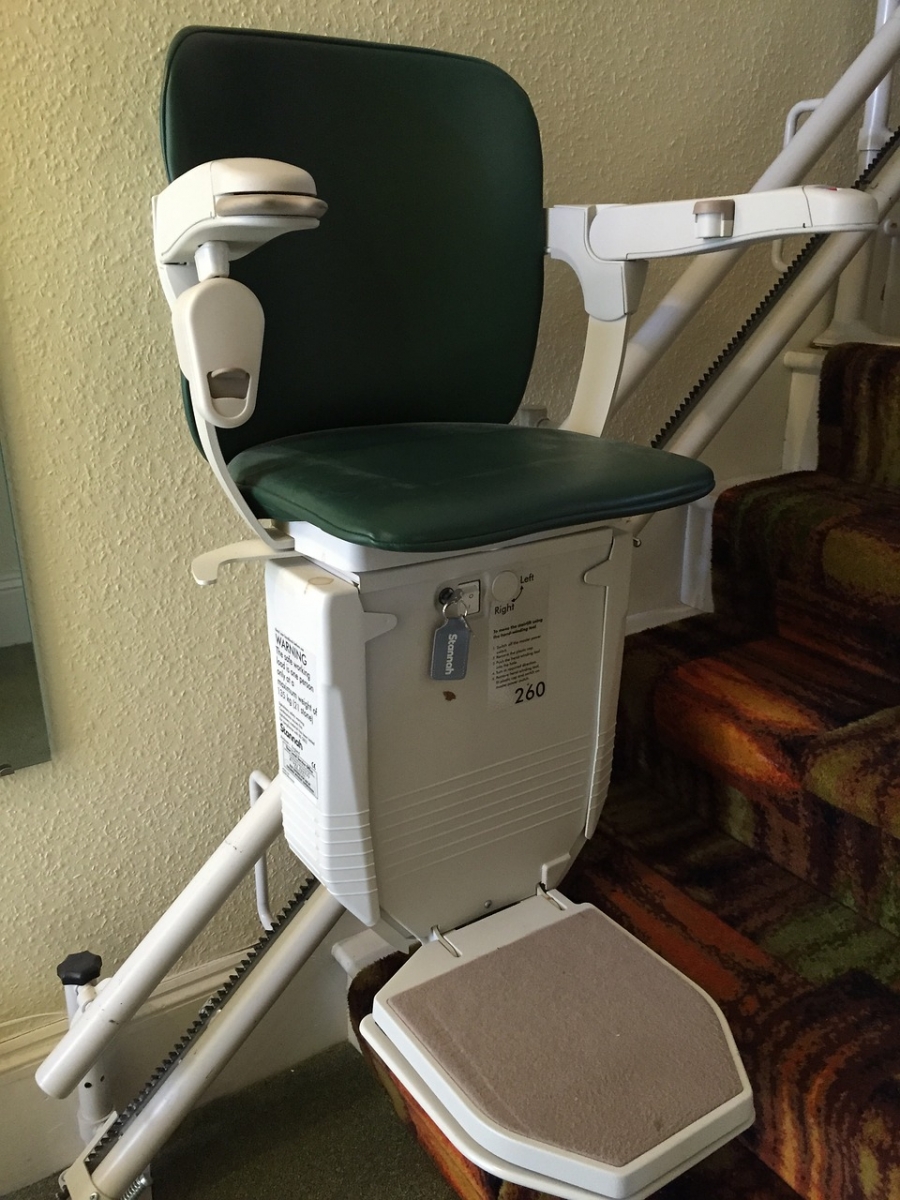Climbing stairs can be hard on joints, especially if they are arthritic or there is pain from injuries. Many people see installing a stairlift, as well as employing a live in carer, as essential if they or their loved one is to avoid moving into a residential facility. Yet even the cheapest stairlift is expensive and requires specialist fitting, so how do you know if it’s really needed and are there alternatives to fitting one?
Movement
If the elderly person is starting to avoid going upstairs throughout the day and struggling with mobility problems then talking to their doctor about assessing their mobility can be a good starting point. There are many activities for people with mobility problems that can improve their range of movement and ease discomfort and pain. The doctor may be able to change medication or refer for physiotherapy to treat the root cause of the mobility issue.
One way in which mobility can be tested is by the “up and go” test. The person is timed to leave a chair, walk 3 metres and then return to sitting. Those with a normal level of mobility should take no more than 10 seconds, between 11-20 seconds indicates a stairlift may be beneficial while times of over 20 seconds indicate much more mobility support is required than just fitting a stairlift provides. There is some evidence that times of over 14 seconds correlate with an increased risk of falling.
Alternatives to installing a lift
If there is enough space downstairs, and access to a bath- or shower-room with a toilet, then a simple and inexpensive solution may be to move the elderly person’s bedroom to the ground floor. This can have the additional benefit of providing more privacy for a home care providers, although it may make night-time care more difficult. If modifications, such as adding a downstairs shower, are needed they may make more sense in the long-term by adding value to the house.
Types of lift
Once you’ve decided that a stairlift is essential you need to decide which type of lift you need. If the stairs bend you will probably want a curved stairlift, although in some situations you may need to fit two straight lifts instead. The stairlift engineer who performs the site survey will advise on the variety you need.
Most stairlifts are the seated, usually with a folding seat to allow other occupants of the house to use the stairs unimpeded, but if the user has difficulty bending their knees a standing lift may be preferable and swivel seats can make getting on to the lift safer, especially at the top.
If there is weakness in the hands and wrists a joy-stick operated lift may be the best choice, where a gentle nudge will get you underway.
Second-hand lifts
It is possible to buy reconditioned stairlifts which may seem like a cheaper option, however it is important that you only buy one that meets your precise needs. Even if the reconditioned stairlift is cheaper it may need replacing or upgrading in the future if it isn’t perfect for you and be a false economy.








